Researchers at National Taiwan University’s Institute of Oceanography yesterday shared unprecedented data about super typhoons collected from two buoys deployed in the Pacific Ocean, adding that they would work with the Philippines to install similar buoys next year.
Then-institute director Wei Ching-ling (魏慶琳) in 2015 led a team to deploy the two buoys in waters off the nation’s southeast coast.
Engineer Chang Hung-i (張宏毅) developed key circuit boards on the US-made buoys for receiving maritime and weather data, while the buoys also carried Taiwanese devices for measuring temperature, ocean current, salinity, dissolved oxygen and chlorophyll levels of sea water, Wei told a news conference at the Ministry of Science and Technology in Taipei.
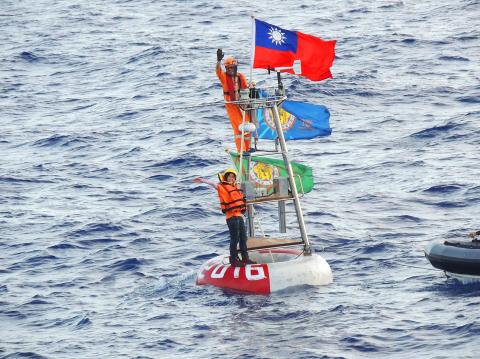
Photo courtesy of National Taiwan University’s Institute of Oceanography
The two areas are often in the trajectory of typhoons heading to Taiwan, institute associate professor Yang Yiing-jang (楊穎堅) said, adding that the buoys have resisted nine typhoons, including four super typhoons, thanks to their solid anchoring 5.5km below the surface.
Built at a cost of NT$10 million (US$323,572 at the current exchange rate) each, the buoys gathered unprecedented data of a super typhoon in 2016 when Typhoon Nepartak passed above them, Yang said, adding that the buoys were about 20km from the center of the eye of the typhoon.
In the four hours after Nepartak arrived in the area, the temperature of the water dropped by 1.5°C, data showed.
The typhoon only absorbed a little heat from upper sea levels, but it caused rapid stirring among different layers of the area, which scooped cold water from lower levels that cooled down the sea surface, thus restricting the typhoon’s growth, Yang said.
The data and images of the typhoons taken by the buoys’ instruments are conducive for advance weather forecasts, as scientists had been curious about a typhoon’s effects on sea temperature and they had no high-resolution images of typhoons at sea previously, Yang said.
The team detailed its findings in a paper titled “The role of enhanced velocity shears in rapid ocean cooling during Super Typhoon Nepartak 2016,” which was published in the journal Nature Communications on April 9, with Yang listed as the lead author.
The team has received a request for collaboration from the Philippines and plans to deploy a similar buoy in the waters off the east coast of the Philippines next year, Yang said.
Yang also expressed the hope that Taiwan would be able to join the UN’s World Meteorological Organization to share its oceanic and weather research results.
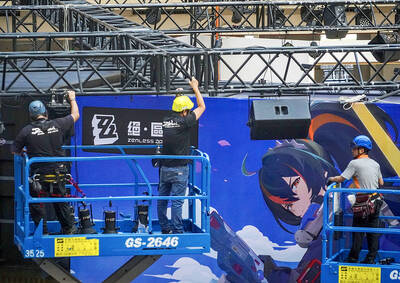
Taiwan is projected to lose a working-age population of about 6.67 million people in two waves of retirement in the coming years, as the nation confronts accelerating demographic decline and a shortage of younger workers to take their place, the Ministry of the Interior said. Taiwan experienced its largest baby boom between 1958 and 1966, when the population grew by 3.78 million, followed by a second surge of 2.89 million between 1976 and 1982, ministry data showed. In 2023, the first of those baby boom generations — those born in the late 1950s and early 1960s — began to enter retirement, triggering
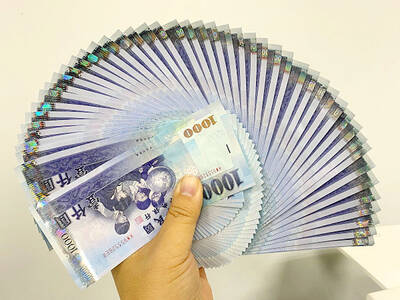
ECONOMIC BOOST: Should the more than 23 million people eligible for the NT$10,000 handouts spend them the same way as in 2023, GDP could rise 0.5 percent, an official said Universal cash handouts of NT$10,000 (US$330) are to be disbursed late next month at the earliest — including to permanent residents and foreign residents married to Taiwanese — pending legislative approval, the Ministry of Finance said yesterday. The Executive Yuan yesterday approved the Special Act for Strengthening Economic, Social and National Security Resilience in Response to International Circumstances (因應國際情勢強化經濟社會及民生國安韌性特別條例). The NT$550 billion special budget includes NT$236 billion for the cash handouts, plus an additional NT$20 billion set aside as reserve funds, expected to be used to support industries. Handouts might begin one month after the bill is promulgated and would be completed within
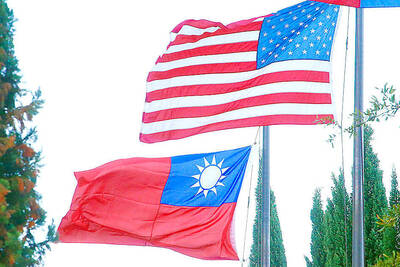
NO CHANGE: The TRA makes clear that the US does not consider the status of Taiwan to have been determined by WWII-era documents, a former AIT deputy director said The American Institute in Taiwan’s (AIT) comments that World War-II era documents do not determine Taiwan’s political status accurately conveyed the US’ stance, the US Department of State said. An AIT spokesperson on Saturday said that a Chinese official mischaracterized World War II-era documents as stating that Taiwan was ceded to the China. The remarks from the US’ de facto embassy in Taiwan drew criticism from the Ma Ying-jeou Foundation, whose director said the comments put Taiwan in danger. The Chinese-language United Daily News yesterday reported that a US State Department spokesperson confirmed the AIT’s position. They added that the US would continue to
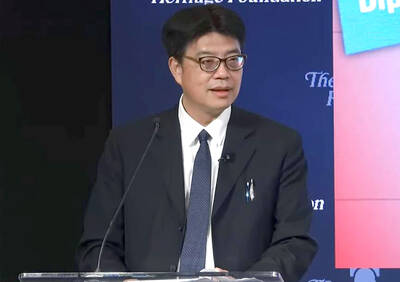
IMPORTANT BACKER: China seeks to expel US influence from the Indo-Pacific region and supplant Washington as the global leader, MAC Minister Chiu Chui-cheng said China is preparing for war to seize Taiwan, Mainland Affairs Council (MAC) Minister Chiu Chui-cheng (邱垂正) said in Washington on Friday, warning that Taiwan’s fall would trigger a regional “domino effect” endangering US security. In a speech titled “Maintaining the Peaceful and Stable Status Quo Across the Taiwan Strait is in Line with the Shared Interests of Taiwan and the United States,” Chiu said Taiwan’s strategic importance is “closely tied” to US interests. Geopolitically, Taiwan sits in a “core position” in the first island chain — an arc stretching from Japan, through Taiwan and the Philippines, to Borneo, which is shared by